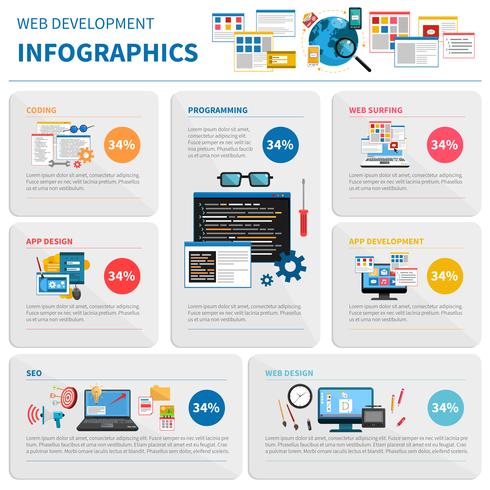Basic Aspects Of Website Design: Standards For Establishing A User-Centric Site
Basic Aspects Of Website Design: Standards For Establishing A User-Centric Site
Blog Article
Web Content Develop By-Le Secher
When it comes to web site design, ensuring user-friendliness is essential. From receptive design to streamlined navigating, every element plays an essential duty in developing a site that accommodates your target market's demands. However what regarding the better information that can make or damage a customer's searching experience? Stay tuned as we reveal some often-overlooked ideas that can elevate your internet site's functionality to the following level, making it genuinely attract attention in the digital landscape.
Significance of Responsive Style
Receptive layout is a vital facet of contemporary site advancement. Guaranteeing your site is receptive ways that it can adapt to various display dimensions and tools, offering a smooth experience for customers.
With the boosting use smartphones and tablets to access the net, having a receptive design is essential for reaching a wider target market. Digital Marketing For General Contractor assists in enhancing user experience by making your web site simple to navigate and keep reading any device.
In addition, responsive style can favorably impact your online search engine rankings, as online search engine like Google prioritize mobile-friendly sites. By having a receptive design, you're likewise future-proofing your internet site, as new tools with varying screen dimensions remain to emerge.
Simplify Navigating Structure
To improve user experience and help with very easy access to information on your web site, enhancing the navigation structure is paramount. When developing your site, concentrate on producing a clear and instinctive navigation food selection that aids site visitors find what they're seeking promptly.
Restriction the number of menu items to the essentials, grouping associated pages with each other to prevent overwhelming individuals. Use descriptive labels that clearly indicate the content of each page, making it simpler for customers to comprehend where each web link will certainly take them.
Think about carrying out dropdown menus for subcategories to avoid littering the primary navigating bar. Additionally, consist of a search bar prominently on the web page for users that like looking for specific info.
Prioritize mobile responsiveness in your navigation layout to guarantee easy accessibility on all devices.
Optimize Web Page Load Rate
Improving page load speed is vital for keeping site visitors on your web site. Slow-loading web pages annoy users and can result in high bounce rates. To optimize web page lots speed, begin by maximizing images. Press images without jeopardizing high quality to decrease their data sizes.
In addition, allow web browser caching to keep often accessed resources locally, speeding up load times for returning visitors. Minify CSS, JavaScript, and HTML data by eliminating unnecessary characters, remarks, and format, improving tons speed.
Think about making use of a content shipment network (CDN) to distribute your web site's content throughout numerous servers worldwide, decreasing latency for customers accessing your website from different locations. Lastly, limit the use of third-party manuscripts and plugins, as they can considerably influence tons times.
Continue Reading
In conclusion, by incorporating receptive style, streamlining navigating, and maximizing page load speed, you can create an user-friendly web site that appeals to a wider target market and improves individual experience. These essential elements make certain that visitors can quickly gain access to and navigate your website throughout various tools, causing boosted engagement and complete satisfaction. By focusing on these key facets, you can build a successful site that maintains users returning for even more.
